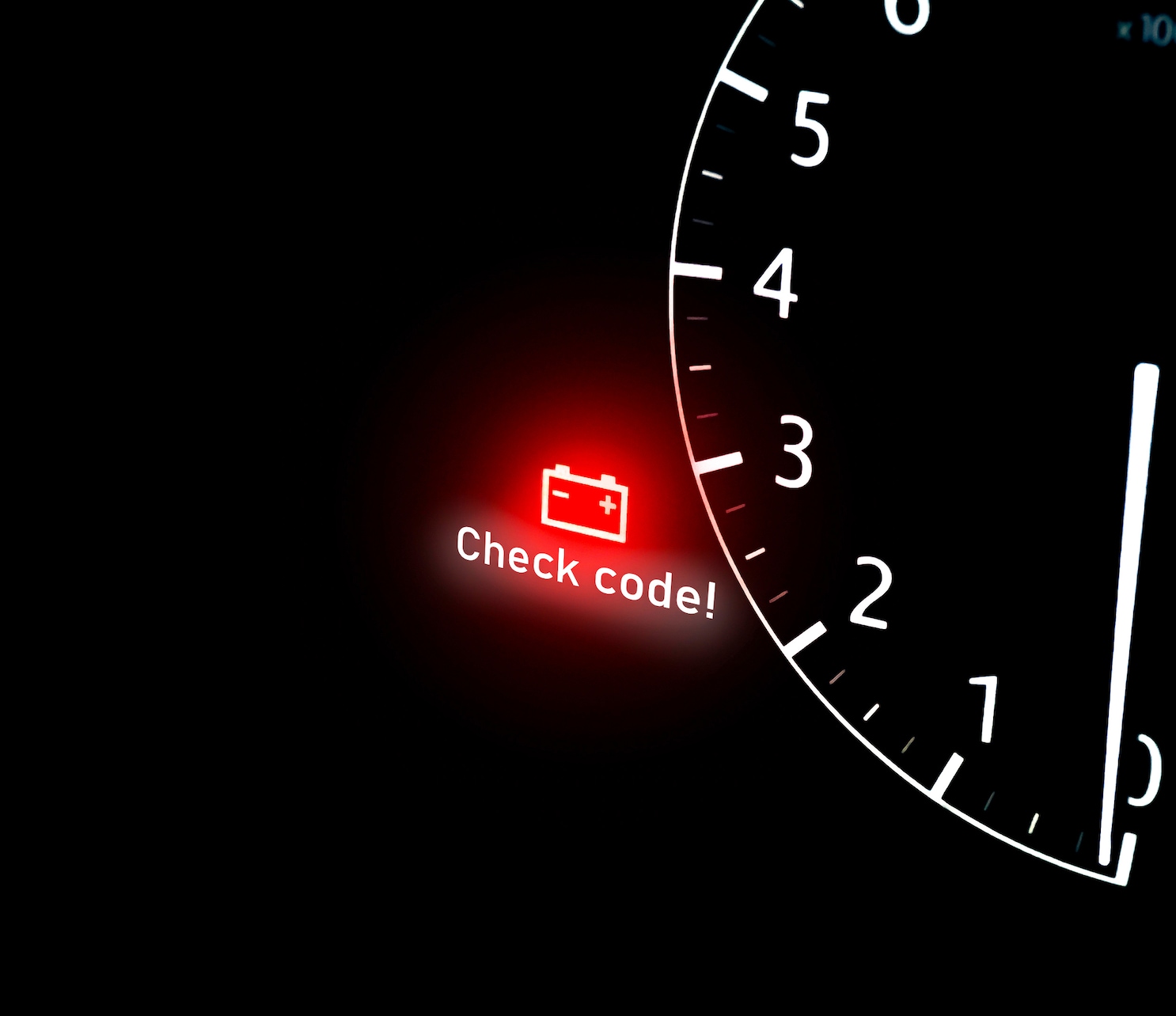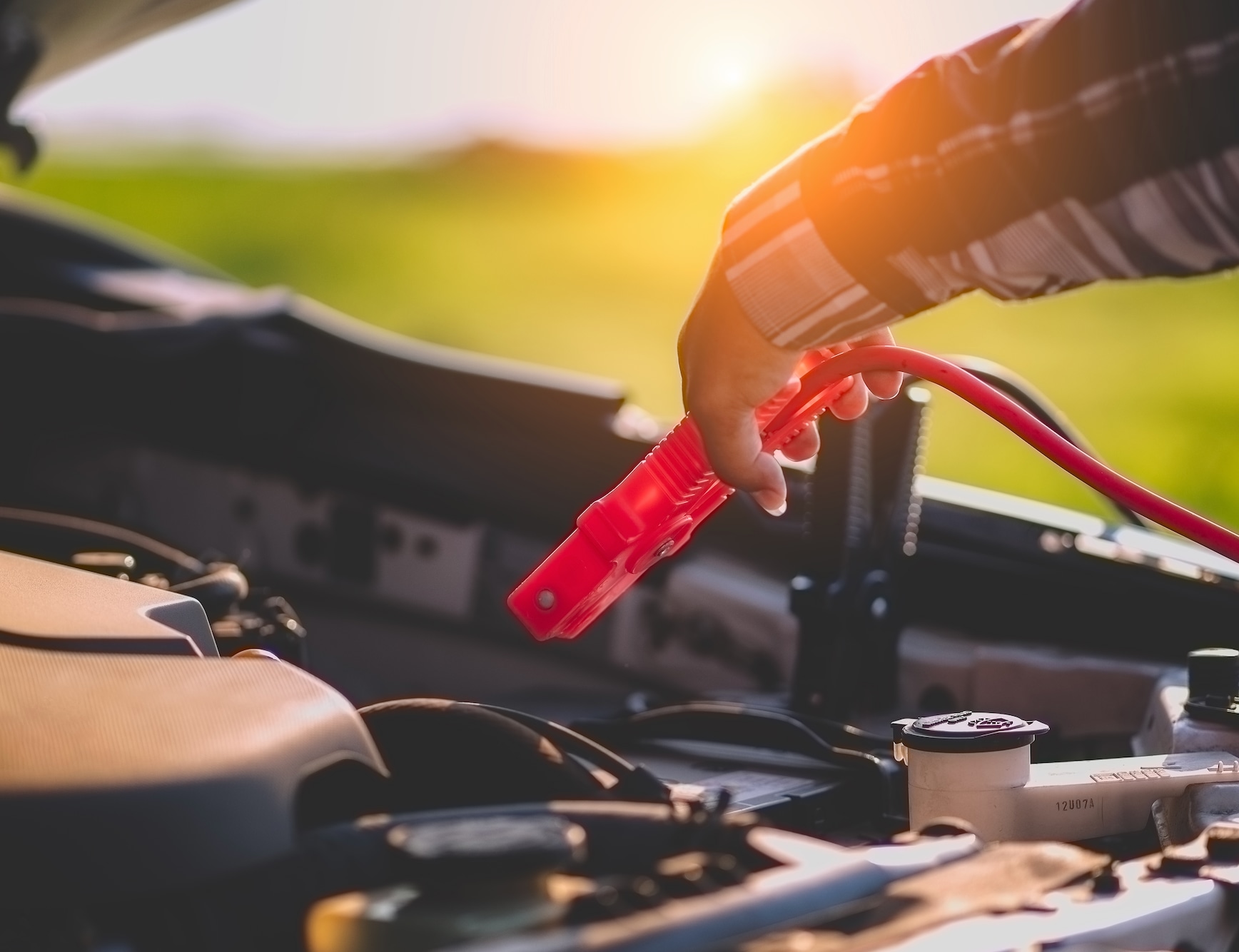Many of the accessories on modern cars draw power from the battery even when your car is just sitting in the garage with the engine off. These "parasitic draws" include interior lights, door lights, faulty relays, the clock, the radio, and the alarm system all of which draw power from the battery.
Once your car battery is three years old, it is a good idea to have it checked annually at a Lithia Motors dealership while your car is in for service. Besides checking the battery itself, our factory-trained technicians will check the entire electrical system to make sure it is charging properly. We'll make sure the battery terminals are free from corrosion and tight, check the alternator for proper charging (it should be putting out 13.5 to 14.5 volts), and make sure there are no unusual drains on your battery.





